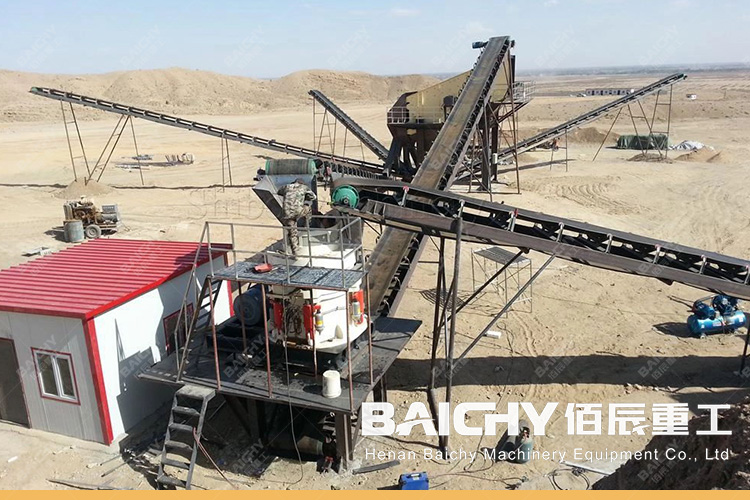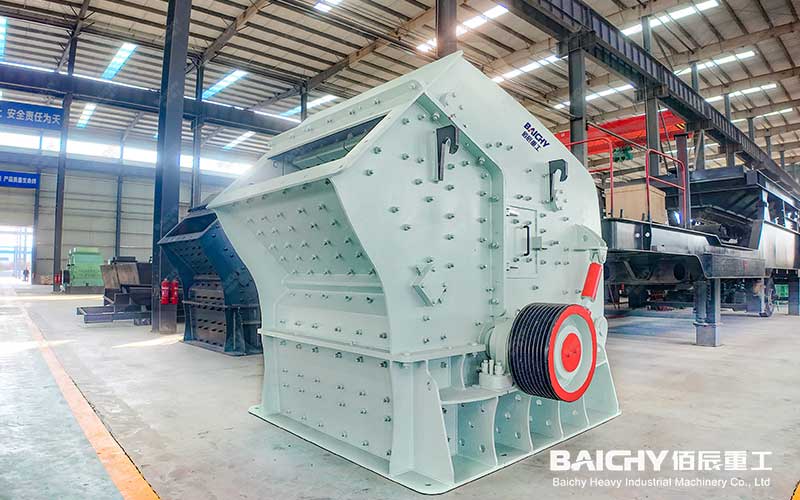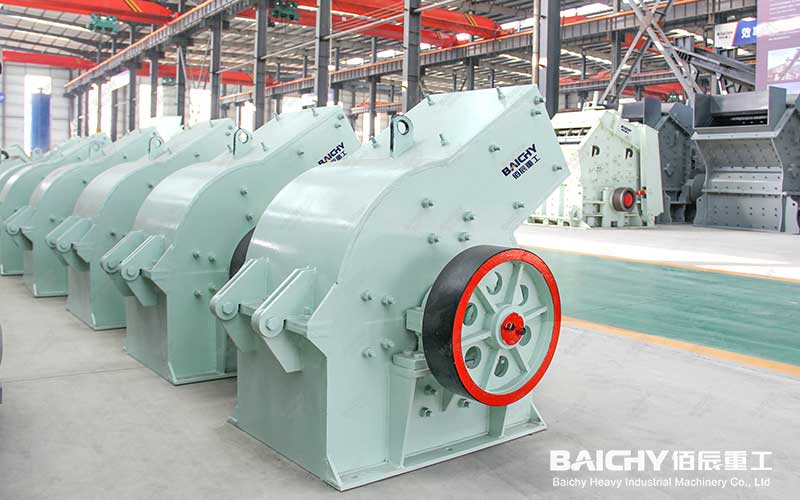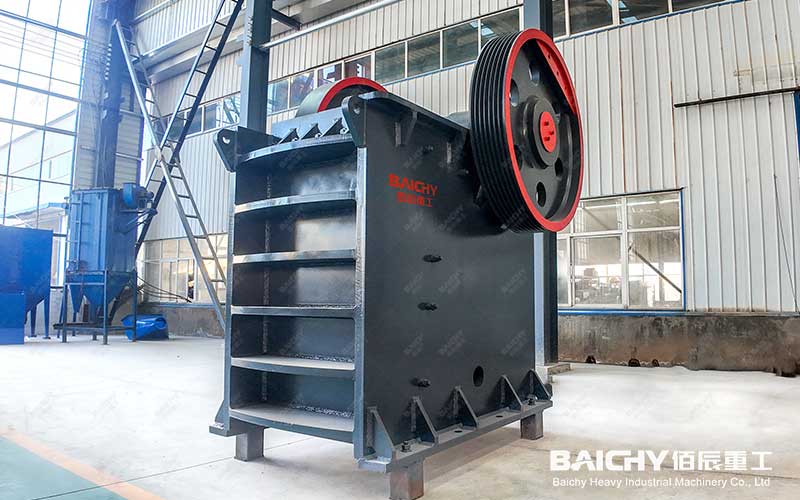
The working principle of hydraulic cone crusher is mainly based on its special structure and hydraulic system. Here's a detailed explanation of how it works:
Structural features: Hydraulic cone crusher mainly consists of a frame, transmission device, eccentric shaft, bowl-shaped bearing bush, crushing cone, crushing wall, rolling mortar wall, adjustment device, adjustment sleeve, hydraulic control system, hydraulic safety system, and dustproof It consists of a ring, a material distribution plate, a hydraulic station for adjusting the discharge port, etc.
Working process: First, the rotational motion of the motor is transmitted to the eccentric sleeve through the coupling or V-belt, transmission shaft, and bevel gear, so that the crushing cone part makes a swing motion around a fixed point under the force of the eccentric sleeve. During the swing process, the crushing wall of the crushing cone sometimes approaches and sometimes leaves the surface of the rolling mortar wall fixed on the adjusting sleeve, causing the material entering the crushing cavity to be crushed by impact, extrusion, and bending.
Function of the hydraulic system: The hydraulic system of the hydraulic cone crusher is mainly used to provide power and adjust the size of the discharge opening of the crushing chamber. When the crusher needs to adjust the size of the discharge opening, the hydraulic system will drive the adjustment device to change the distance between the adjustment sleeve and the crushing wall, thereby changing the size of the discharge opening. In addition, hydraulic systems are used to protect and troubleshoot equipment in the event of overload or malfunction.
Discharge of crushed materials: After being squeezed and crushed many times in the crushing cavity, the crushed materials are finally discharged from the crushing cavity through the ore discharge port. The size of the discharge port can be adjusted as needed to control the particle size of the crushed materials.
Generally speaking, the hydraulic cone crusher drives the eccentric shaft through the electric motor to perform a swing motion, causing relative movement between the crushing wall and the rolling mortar wall, thereby crushing the material. At the same time, the hydraulic system provides power to the equipment and the function of adjusting the size of the discharge port to ensure efficient and stable operation of the equipment.
What are the application scenarios of hydraulic cone crusher?
Hydraulic cone crushers are widely used in many industries, especially where medium and fine crushing of various rocks and ores is required. The following are some main application scenarios:
1. Mining industry: Hydraulic cone crushers are widely used in the mining industry to crush various ores, such as iron ore, non-ferrous metal ores, basalt, granite, limestone, sandstone, pebbles, etc. Its powerful crushing capacity and high working efficiency make it an important piece of equipment in the mining process.
2. Cement plant: In the cement production process, hydraulic cone crushers are used to crush limestone and other raw materials to provide the required raw materials for cement production.
3. Sand and gravel industry: In the sand and gravel industry, hydraulic cone crushers are used to crush rocks of various hardness and medium hardness, such as quartz, granite, etc., to produce sand and gravel aggregates that meet the requirements.
4. Construction industry: In the construction field, hydraulic cone crushers are used to crush materials such as construction waste and concrete to achieve resource reuse and environmental protection.
In addition, hydraulic cone crushers are also widely used in other industries, such as highways, railways, water conservancy, and other infrastructure construction, to crush various rocks and ores and provide necessary raw materials for the construction of these industries.
Hydraulic cone crusher has the advantages of large crushing ratio, high efficiency, low energy consumption, and uniform particle size. It can control the particle size of crushed materials by adjusting the size of the discharge port to meet the needs of different industries. Therefore, it has broad application prospects in various industries.










